Native birds live here
Native birds may be seen on the Kāpiti Coast including ruru, korimako, matuku moana, kārearea, kākā and kākāriki and many more.
Ruru
Ruru (also known as morepork) fly silently and are nocturnal hunters of insects, birds & small mammals. Distinctive repeated calls of ‘more pork’ are often heard here at dawn and dusk, usually between territorial males. During the day, ruru sleep perched in trees, sometimes on overhead branches. Up to three owlets are raised by both parents during spring and summer months.
Korimako
Korimako (bellbird) are frequently heard calling and seen feeding in this area. Like other members of the ‘honeyeater’ family, such as tui, they have brush-like tongues to reach deep into flowers to collect nectar, emerging with pollen covered heads. They are vital in the pollination and seed dispersal of many native trees. Adult birds have red eyes and more brightly coloured feathers than juvenile korimako.
Matuku moana
Matuku moana (white-faced heron) have been noted in this region from the 1940s, having self-introduced via Australia and New Guinea. Here they feed in damp or wet pastures on worms, insects and lizards. In wetlands, they eat small fish and kōura. They walk slowly looking for food then grab their prey at lightning speed. Matuku moana build nests high in macrocarpa and pine trees.
Kārearea
Kārearea (New Zealand falcon) can be seen flying over the nearby gum trees or high above the hills. Able to swoop over wetland and open grassy areas and dart through dense forest, they are the fastest fliers of our native birds. Kārearea catch live prey such as birds, fish, lizards and insects. A pair is presumed to nest on nearby Mount Wainui and they include Whareroa Farm in their wide feeding range.
Kākā
Kākā are large long-lived olive brown parrots with red feathers under the wings. They are very strong fliers appearing as silhouettes in the sky, some travelling from Kāpiti Island to the Akatarawa or Tararua forests.
A harsh rhythmic ‘ka-aa’ call may be heard overhead. They rely completely on trees for food such as nectar, insects and sap, sure to appear when when rata is in flower or the fruit of totara
and matai are ripe.
Kākāriki
The name of the nearby village of Paekākāriki ‘perching place of the green parrot’ indicates flocks of sociable and noisy kākāriki (red and yellow-crowned parakeets) were once common locally. They may be confused with the more colourful Australian eastern rosella who also live here. Red-crowned kākāriki are established on Kāpiti Island and yellow-crowned kākāriki have been seen in the nearby Tararua ranges.






